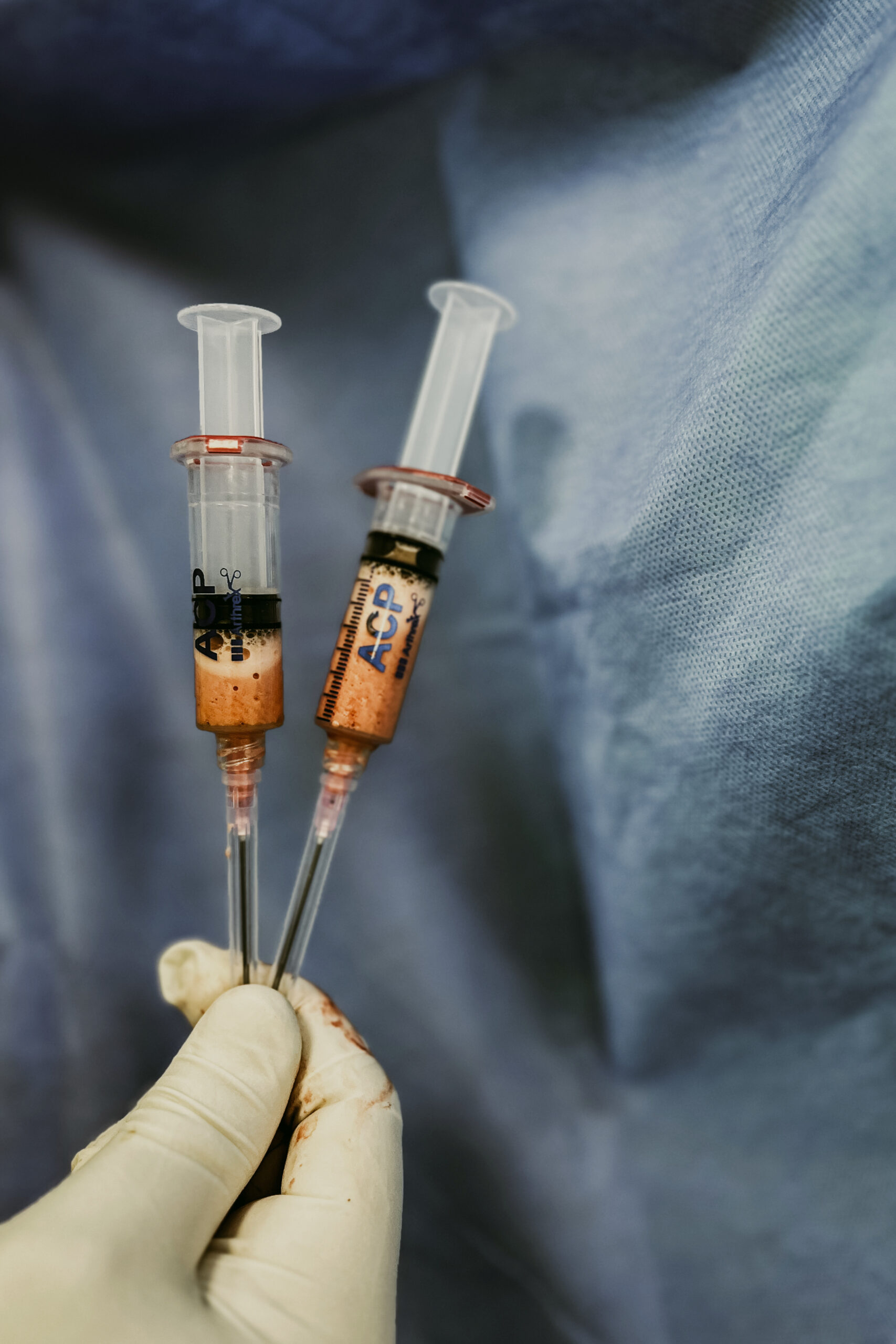So you’ve heard about this thing called the Bowen Technique, but you’re not quite sure what it’s all about. Well, let me fill you in. The Bowen Technique is a unique form of bodywork that helps alleviate pain, release tension, and restore balance to the body. It involves gentle, rolling movements over specific areas of muscles and connective tissue, stimulating the body’s natural healing response. You may be wondering, does it really work? Stick around, because in this article, we’re going to explore the ins and outs of the Bowen Technique and find out why it has gained so much popularity in the world of alternative healing.
What is Bowen Technique?
The Bowen Technique, also known as Bowen Therapy, is a holistic bodywork technique that aims to facilitate healing and restoration in the body. It involves the application of specific gentle, rolling movements over muscles, tendons, and connective tissues. This therapy is named after its founder Tom Bowen, an Australian practitioner who developed this technique in the 1950s. The Bowen Technique is grounded in the belief that the body has an innate ability to heal itself, and by stimulating certain points, it can activate this healing response.
History of Bowen Technique
The Bowen Technique was developed by Tom Bowen, who had a deep fascination with the human body and its ability to heal. In the 1950s, he began developing a unique healing approach characterized by gentle, rolling movements performed on specific areas of the body. Initially, Bowen’s work gained recognition locally in Australia, but it wasn’t until the 1980s that the technique started to gain international recognition. Today, the Bowen Technique is practiced worldwide and has evolved to become a respected modality in the field of complementary and alternative medicine.

Principles of Bowen Technique
The Bowen Technique is based on several key principles that guide its practice. Firstly, it recognizes that the body operates as an interconnected whole, with various systems, tissues, and organs working in harmony. Bowen Therapy aims to restore this balance and harmony by activating the body’s own healing mechanisms. Additionally, this technique acknowledges the importance of addressing the underlying cause of a condition rather than simply treating the symptoms. By targeting the root cause, the Bowen Technique aims to facilitate lasting healing and provide long-term relief.
How does Bowen Technique work?
The Bowen Technique primarily works by stimulating the body’s autonomic nervous system, which governs the body’s automatic functions. By using gentle rolling movements over specific points, the practitioner sends signals to the nervous system, triggering a cascade of responses in the body. These responses can include relaxation of tense muscles, improved circulation, enhanced lymphatic drainage, and release of stress and tension. The unique feature of the Bowen Technique is the use of pauses between sets of moves, allowing the body time to respond and integrate the changes initiated by the therapist.

Benefits of Bowen Technique
The Bowen Technique is known for its wide range of benefits, both physical and emotional. One of the primary benefits is pain relief, as many people find significant reduction in discomfort and tension after Bowen sessions. This therapy also promotes relaxation, decreases stress levels, and improves sleep quality. Furthermore, the Bowen Technique has been reported to enhance athletic performance, improve posture and flexibility, and promote overall wellbeing. Its gentle nature makes it suitable for people of all ages, from infants to the elderly.
Conditions Treated with Bowen Technique
Musculoskeletal issues
The Bowen Technique is highly effective in treating various musculoskeletal issues. These may include back pain, neck pain, shoulder pain, sciatica, carpal tunnel syndrome, and joint pain. By addressing muscle imbalances, tension, and misalignments, the Bowen Technique can bring relief and improve mobility.
Sports injuries
For athletes or sports enthusiasts dealing with injuries, the Bowen Technique can be particularly beneficial. It can help with sprains, strains, tennis elbow, shin splints, and other sports-related injuries. By promoting healing and reducing inflammation, the Bowen Technique can aid in the recovery process.
Chronic pain
Those suffering from chronic pain conditions, such as fibromyalgia, arthritis, or migraines, may find relief through the Bowen Technique. It can help manage pain levels, reduce muscle stiffness, and alleviate associated symptoms.
Digestive disorders
The Bowen Technique may also assist in managing digestive disorders like irritable bowel syndrome (IBS), acid reflux, and constipation. Through its gentle movements, it can help restore balance to the digestive system and promote healthy functioning.

Getting Started with Bowen Technique
Finding a qualified practitioner
To experience the full benefits of the Bowen Technique, it is essential to find a qualified and experienced practitioner. Look for practitioners who have undergone proper training and are certified by recognized Bowen Technique associations. You can ask for recommendations from your healthcare provider or search online directories for registered practitioners in your area.
Initial consultation and assessment
During the initial consultation, the Bowen Technique practitioner will assess your medical history, current health condition, and any specific concerns or goals you may have. This assessment helps the practitioner customize the treatment plan to address your unique needs.
What to expect during a session
A typical Bowen Technique session lasts around 45 minutes to an hour. You remain fully clothed throughout the session, and the practitioner will gently apply rolling movements using their hands or fingers on specific areas of your body. These moves are performed in a specific sequence, with pauses in between to allow the body to respond. It is recommended to wear loose, comfortable clothing to facilitate ease of movement.
Frequency and duration of treatments
The frequency and duration of Bowen Technique treatments vary depending on the individual and the condition being addressed. In general, it is recommended to start with a few weekly sessions to allow the body to respond and adjust. As improvements are observed, the frequency of treatments might be reduced. Some individuals benefit from ongoing maintenance sessions at regular intervals to support their overall wellbeing.
The Bowen Technique Session
Body assessment and treatment plan
At the beginning of a session, the Bowen Technique practitioner will conduct a body assessment to identify areas of tension, restriction, or imbalance. Based on this assessment, they will develop a treatment plan tailored to your specific needs. This individualized approach ensures that the therapy targets the areas requiring attention and facilitates optimal results.
Gentle moves and pauses
During a Bowen Technique session, the practitioner uses gentle rolling movements with their fingers or hands. These moves stimulate specific points on the body, and the practitioner applies just enough pressure to engage the underlying tissues. After each set of moves, the practitioner will pause, allowing the body to integrate the changes and respond to the stimulation. These pauses are an integral part of the therapy and contribute to its effectiveness.
Key points targeted during a session
The Bowen Technique focuses on specific points on the body considered key to balancing the autonomic nervous system and promoting healing responses. Some of the key areas targeted during a session include the upper trapezius muscles, sacrum, diaphragm, tailbone, and specific points along the spine and joints. By addressing these points, the Bowen Technique aims to restore the body’s natural balance and enhance overall wellbeing.

Potential Side Effects and Risks
Temporary discomfort or soreness
After a Bowen Technique session, some individuals may experience temporary discomfort or soreness. This is a normal response as the body adjusts to the changes initiated during the therapy. It is important to stay hydrated, rest, and avoid rigorous activities immediately following a session to allow the body to integrate the treatment fully.
A healing crisis reaction
In some cases, individuals undergoing Bowen Technique therapy may experience a healing crisis. This refers to a temporary exacerbation of symptoms before an improvement occurs. It is believed to be a part of the body’s natural healing process as it releases stored tension and toxins. It is important to communicate any changes or concerns to the practitioner, who can provide guidance and support during this phase.
Precautions and contraindications
While the Bowen Technique is generally safe for most individuals, there are a few precautions and contraindications to be aware of. People with certain medical conditions, such as deep vein thrombosis, fractures, severe osteoporosis, or open wounds, may need to avoid or modify Bowen Technique sessions. It is crucial to inform the practitioner of any existing health conditions or concerns before starting the therapy.
Comparing Bowen Technique with Other Therapies
Difference between Bowen Technique and Massage
Although the Bowen Technique and massage share similarities, they differ in their approaches and intended outcomes. While massage primarily focuses on manipulating soft tissues and improving circulation, the Bowen Technique targets specific points to trigger the body’s innate healing responses. Additionally, the Bowen Technique uses pauses between moves, allowing the body to respond, whereas massage typically involves continuous motion.
Contrast with chiropractic treatments
Chiropractic treatments primarily focus on aligning the spine and addressing musculoskeletal issues through manual adjustments. In contrast, the Bowen Technique takes a more holistic approach, targeting a broader range of points and incorporating gentle rolling movements. Both modalities can be effective in managing various conditions, and choosing between them may depend on individual preferences and the specific needs of the individual.
Complementary therapies that can be used alongside Bowen Technique
The Bowen Technique can be used alongside other complementary therapies to enhance overall wellbeing and address specific concerns. Some modalities that pair well with the Bowen Technique include acupuncture, yoga, meditation, and nutritional support. The combination of these therapies can provide a comprehensive approach to healing and supporting the body’s natural balance.

Scientific Evidence and Research
Studies on the effectiveness of Bowen Technique
While there is limited scientific research specifically focused on the Bowen Technique, several studies have explored its potential benefits. These studies have shown promising results in areas such as pain reduction, improved joint function, and enhanced quality of life. However, more research is needed to further validate these findings and provide a deeper understanding of the mechanisms through which the Bowen Technique works.
Scientific theories supporting Bowen Technique
The Bowen Technique aligns with scientific theories that emphasize the body’s innate ability to heal. It is believed that the gentle rolling movements of this therapy stimulate various sensory receptors in the muscles and joints, triggering a cascade of neurological responses. These responses can result in pain relief, relaxation, improved circulation, and overall physiological balance.
Limitations of current research
One of the limitations of current research on the Bowen Technique is the relatively small number of studies available. Larger-scale, controlled trials are needed to further investigate the efficacy of this modality across a diverse range of conditions. Additionally, research in the field of complementary and alternative medicine often faces challenges in securing funding and resources, which can impact the quantity and quality of studies conducted.
Frequently Asked Questions
Is Bowen Technique painful?
No, the Bowen Technique is generally not painful. The gentle rolling movements applied during a session are designed to be non-invasive and comfortable. However, it is common to experience temporary discomfort or soreness after a session as part of the body’s normal response to the therapy.
How long does a session typically last?
A Bowen Technique session typically lasts around 45 minutes to an hour. The specific duration may vary depending on the individual practitioner and the needs of the client. It is important to discuss the session length with your chosen practitioner beforehand.
How soon can I expect results?
The timing of results can vary depending on the individual and the specific condition being addressed. Some individuals may experience immediate relief or improvement after a few sessions, while others may require several sessions before significant changes are observed. It is important to remember that each person’s healing journey is unique.
Will Bowen Technique work for everyone?
While the Bowen Technique has shown positive effects for many individuals, it may not work the same way for everyone. Factors such as individual health conditions, lifestyle, and overall wellness contribute to the effectiveness of the therapy. It is advisable to consult with a qualified practitioner to determine if the Bowen Technique is suitable for your specific needs.
Testimonials and Success Stories
Recounted experiences of Bowen Technique users
Many individuals have shared their positive experiences with the Bowen Technique, highlighting its effectiveness in managing various conditions. Testimonials often describe reduced pain, improved mobility, enhanced relaxation, and overall wellbeing as some of the benefits experienced through this therapy. These personal accounts provide insights into the potential impact of the Bowen Technique on individuals’ lives.
Specific cases where Bowen Technique made a significant impact
There are specific cases where the Bowen Technique has made a significant impact on individuals’ health and wellbeing. These cases may involve individuals recovering from sports injuries, individuals with chronic pain conditions, or those seeking relief from migraines or digestive disorders. These success stories serve as examples of the transformative effects that the Bowen Technique can have on people’s lives.
Conclusion
The Bowen Technique offers a gentle, holistic approach to healing and restoration in the body. By stimulating the body’s innate healing responses, this therapy can bring relief from pain, improve mobility, and enhance overall wellbeing. Whether seeking relief from a musculoskeletal issue, recovering from a sports injury, managing chronic pain, or addressing digestive disorders, the Bowen Technique has shown promise in supporting individuals on their healing journeys. As with any therapy, it is essential to find a qualified practitioner and engage in open communication to maximize the benefits of the Bowen Technique.
